The winter solstice marks the shortest day and longest night of the year, and is a powerful reminder of the cycles of nature. It’s the turning point when the days gradually begin to lengthen again, and is known as a time of deep stillness and introspection.
For many cultures throughout history, the winter solstice has symbolized rebirth, strength, resilience, and the promise of light returning after darkness. In today’s fast-paced world, embracing winter solstice traditions can serve as a deeply grounding experience.
Whether it’s through spiritual reflection, community gatherings, or personal rituals, this sacred time offers an opportunity for personal renewal. By reflecting on the past year, we can deepen our internal stores of resilience and set our intentions for the year ahead.
History and Traditions of the Winter Solstice
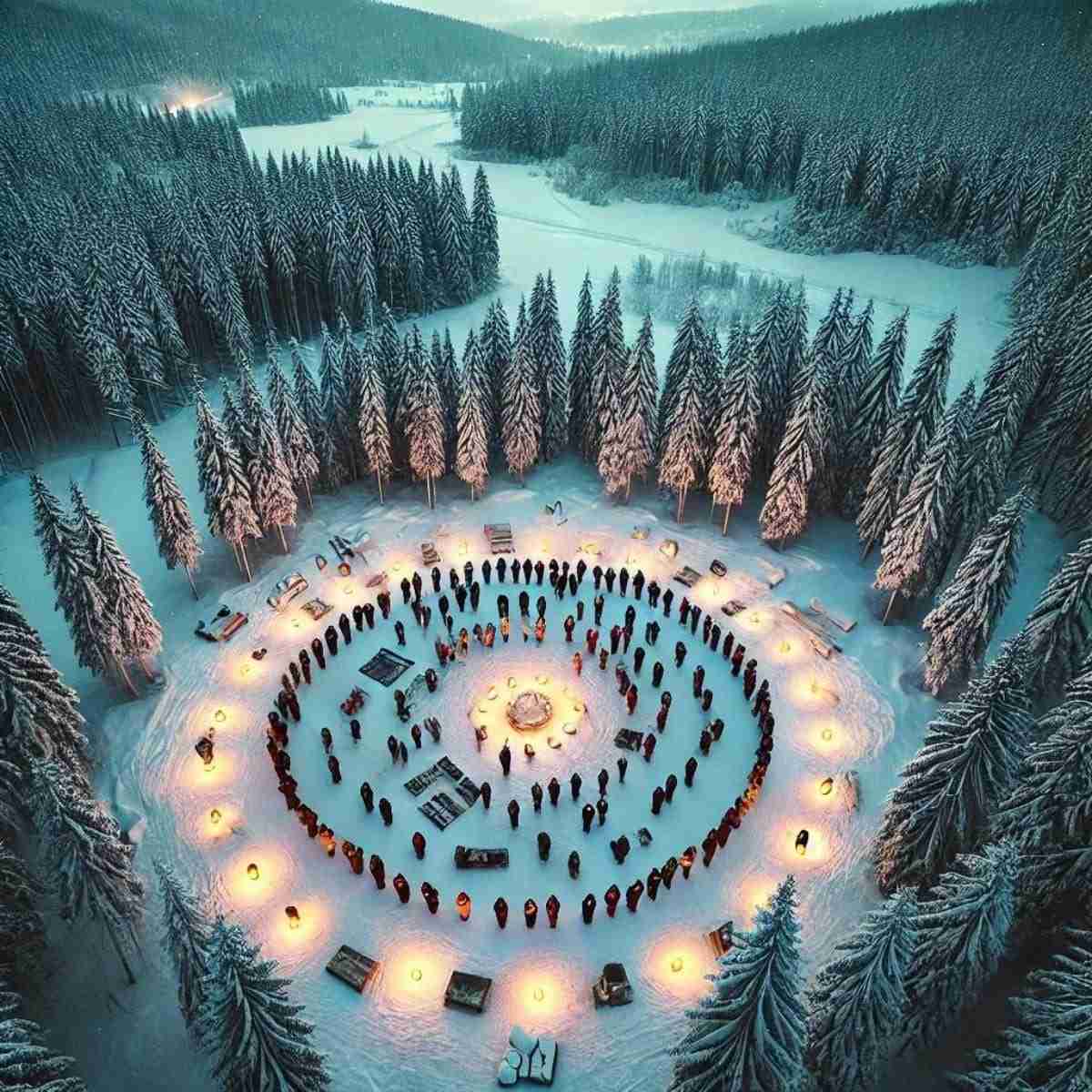
History shows us that cultures around the world have celebrated the winter solstice with diverse traditions. In ancient times, people revered the solstice. When the light would return and darkness would begin to wane was a magical moment; a powerful symbol of hope and resilience.
Let’s explore a few of the notable traditions and rituals relating to winter solstice throughout time.
Yule (Pagan Europe)
Yule, celebrated by ancient Pagans, particularly in Northern Europe, is one of the oldest winter solstice traditions. It was a ritualistic honoring of the rebirth of the sun and the triumph of light over darkness. As the darkest day gave way to gradually longer days, the returning light was a promise of brighter times ahead.
One of the most iconic symbols of Yule is the Yule log. Traditionally, a large log, often oak or ash, would be selected, decorated with greenery, and blessed before being burned in the hearth. The burning of the Yule log was seen as a way to banish darkness and invite the sun’s warmth back into the world.
Wassail, a traditional winter solstice drink, was also plentiful during Yule. The term “waes hael” means “be well” or “be in good health.” Traditionally made with ale or cider and mixed with spices like cinnamon, cloves, and nutmeg, the drink was served warm and enjoyed during feasts, where people gathered around a large bowl or cup of wassail, passing it around as part of the ritualistic toasts.
The Original Christmas Tree
Another important element of Yule was the Yule tree, the ancestor of the modern Christmas tree. The nearby winter trees (typically Evergreen trees), which were symbolic of endurance, resilience, and eternal life, were brought indoors and decorated with candles, berries, and ornaments. These items represented the sun, stars, and nature’s bounty.
The Yule tree served as a reminder that life persisted even through the harshest winter in the northern hemisphere, embodying hope and the promise of renewal. Families would gather around the Yule tree to share stories, sing songs, and offer gifts to honor both the natural world and the return of the sun.
Many modern-day traditions continue to echo the ancient rituals of Yule, like lighting candles and exchanging gifts. Whether through personal reflection or communal celebration, Yule offers a time to honor nature’s cycles and invite light, warmth, and renewal into one’s life.
Celtic Winter Solstice Traditions
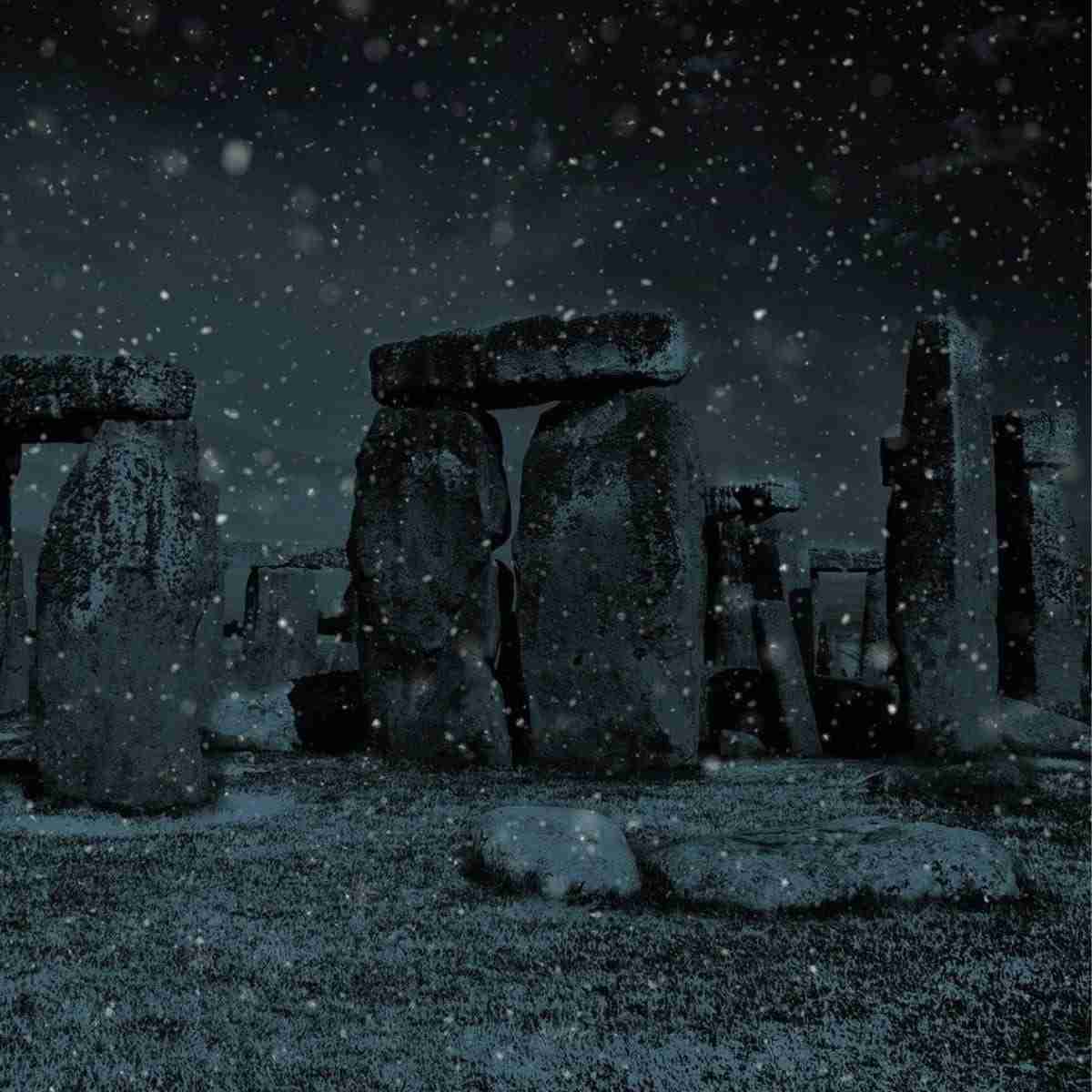
Celtic winter solstice traditions, also known as Alban Arthan in Druidic practice, were deeply connected to the cycles of nature and the celebration of the return of the sun.
Key aspects of their traditions included bonfires and light rituals to symbolize the sun’s rebirth and to drive away the darkness of winter. Celts believed that the fire helped rejuvenate the waning sun.
Stone circles, such as Newgrange in Ireland, were another important solstice ritual. They were aligned with the winter solstice sunrise. The rising sun would shine into these sacred sites, marking the moment of the sun’s return and highlighting the Celts’ reverence for solar cycles.
And of course, feasts and offerings were a major part of winter solstice as well. The Celts would hold feasts and offer food and drink to the gods, celebrating the solstice as a time of renewal and the promise of the returning light.
These traditions reflected the Celtic people’s deep connection to the land and the natural world, celebrating the cyclical nature of life and the resilience of light in the darkest time of the year.
Inti Raymi (Inca Empire)
Though the Inca Empire celebrated Inti Raymi during what we know as the summer solstice (around June 21st), in the southern hemisphere, it is actually the winter solstice and the Inca New Year. Inti Raymi, meaning “Festival of the Sun” in Quechua, was the most important religious event in the Inca calendar. It was dedicated to Inti, the Inca sun god, whom the people believed was responsible for the prosperity of their crops and the wellbeing of the empire.
Central to the festival was the role of the emperor, who was believed to be the son of the sun god himself. Dressed in elaborate gold robes, the emperor would lead the people in prayers, asking Inti to return in full strength and provide warmth and light to the earth.
One of the most significant rituals was the sacrifice of a white llama, symbolizing purity and fertility, to honor Inti and ensure the sun’s favor for the coming year. The blood of the llama was offered to the gods, and its heart was burned as an offering to the sun god.
Dongzhi (China)

In China, the Dongzhi Festival marks the winter solstice and is a time-honored celebration focused on family gatherings, harmony, and the balance between yin and yang energies. Dongzhi, meaning “arrival of winter,” has been celebrated for over 2,000 years and holds deep cultural and spiritual significance.
According to Taoist philosophy, the winter solstice represents the moment when yin (darkness, cold) reaches its peak, and yang (light, warmth) begins to return. This energy shift is seen as a time for renewal and the gradual reawakening of life.
Traditionally, families come together during Dongzhi to share a hearty meal, reinforcing familial bonds and creating warmth during the coldest days of the year. Warming foods, such as dumplings, tangyuan (sweet glutinous rice balls), and mutton soup, are commonly eaten. Dumplings, in particular, are said to protect against frostbite, and their round shape symbolizes reunion and harmony. In southern China, the consumption of tangyuan, often served in a sweet broth, signifies unity and the hope for prosperity in the coming year.
In addition to its focus on food, Dongzhi is also associated with prayers for health and good fortune. Many people take time to reflect on their lives and set intentions for the months ahead, making it a time for personal and spiritual growth. The festival not only celebrates the return of yang energy, but also serves as a reminder to cultivate balance, both within oneself and in one’s environment.
Saturnalia (Ancient Rome)
The ancient Roman festival of Saturnalia was held in honor of Saturn, the Roman god of agriculture, and was one of the most important festivals in ancient Rome. It originally started on December 17th but eventually expanded to last up to a week, ending around December 23rd, aligning it as their winter solstice celebration.
One of the most famous aspects of Saturnalia was the temporary reversal of social norms. Slaves were often treated to banquets and allowed more freedom during the festival, while masters served them. Everyone was encouraged to let go of their usual responsibilities and indulge in festivities.
Saturnalia was a time of abundant feasts, parties, and gift exchanges. People would give small tokens, often called sigillaria, such as candles, figurines, or other symbolic gifts, reflecting the spirit of generosity and light returning after the darkest days of the year.
Though Saturnalia honored Saturn, it also reflected the broader cultural recognition of the winter solstice’s significance. The celebration of light returning after the solstice mirrored similar festivals across other ancient cultures, recognizing the cosmic shift from darkness to light.
Building Resilience Through Winter Solstice Traditions
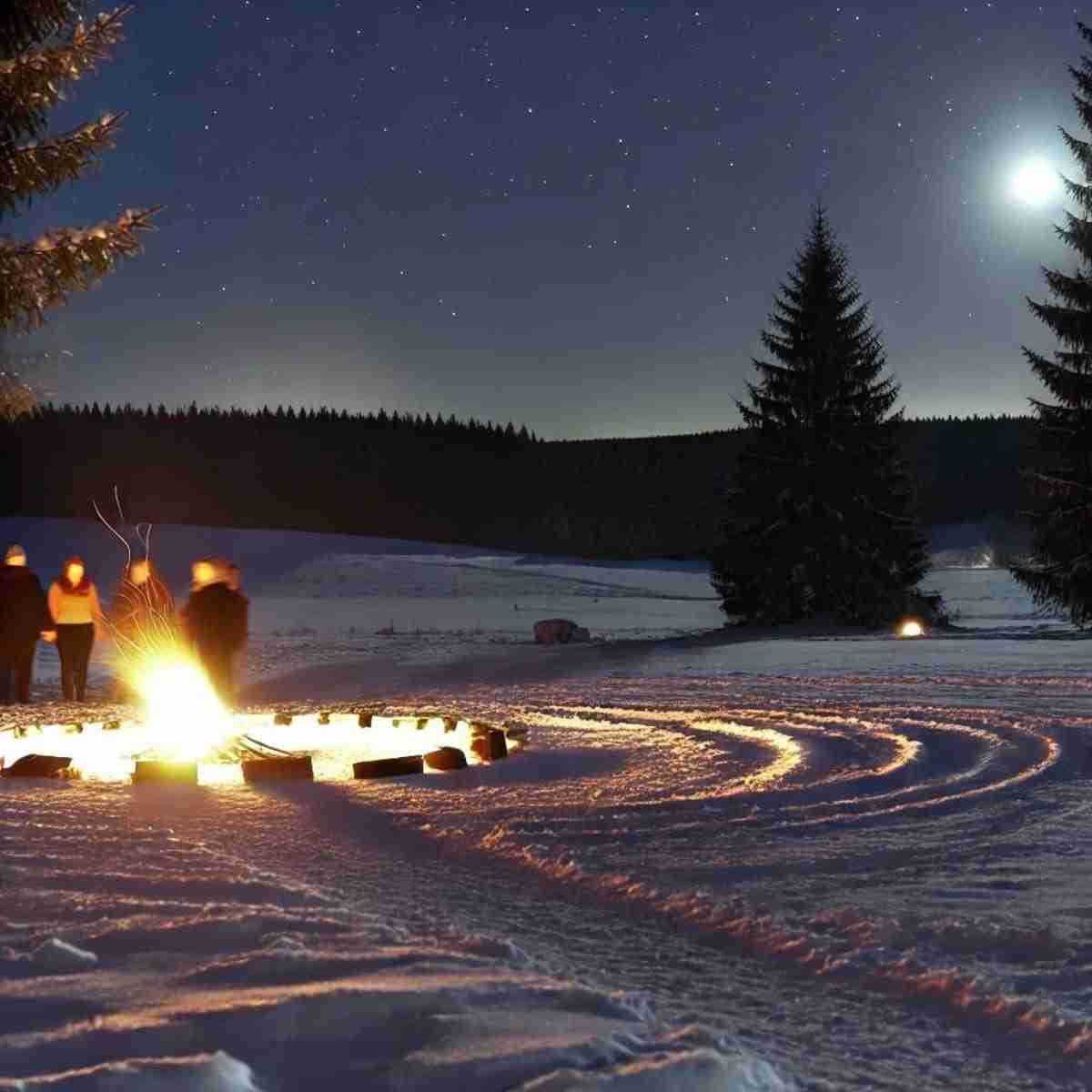
One of the most profound gifts of the winter solstice is its ability to teach us resilience. The very nature of the solstice—a return to light after the darkest day—mirrors our own cycles of struggle and renewal. By honoring this tradition, we remind ourselves that darkness is not permanent, and that challenges are often precursors to growth.
Embracing the Darkness
The solstice invites us to embrace darkness, both literally and metaphorically. By sitting with our fears, doubts, and uncertainties, we build emotional strength. It’s a time to acknowledge that without the darkness, we cannot fully appreciate the light.
Reflection
Reflecting on the past year’s challenges and triumphs helps us build resilience. By understanding how we’ve navigated difficulties, we can better prepare ourselves for the future. Solstice traditions like journaling or sharing stories with loved ones help cultivate this sense of reflection and growth.
Setting Intentions
Setting intentions during the solstice plants seeds for future growth. These intentions, whether personal, spiritual, or physical, serve as anchors for resilience. As the days grow longer, we can watch these intentions come to life, just as the sun returns to the sky.
Modern Winter Solstice Practices
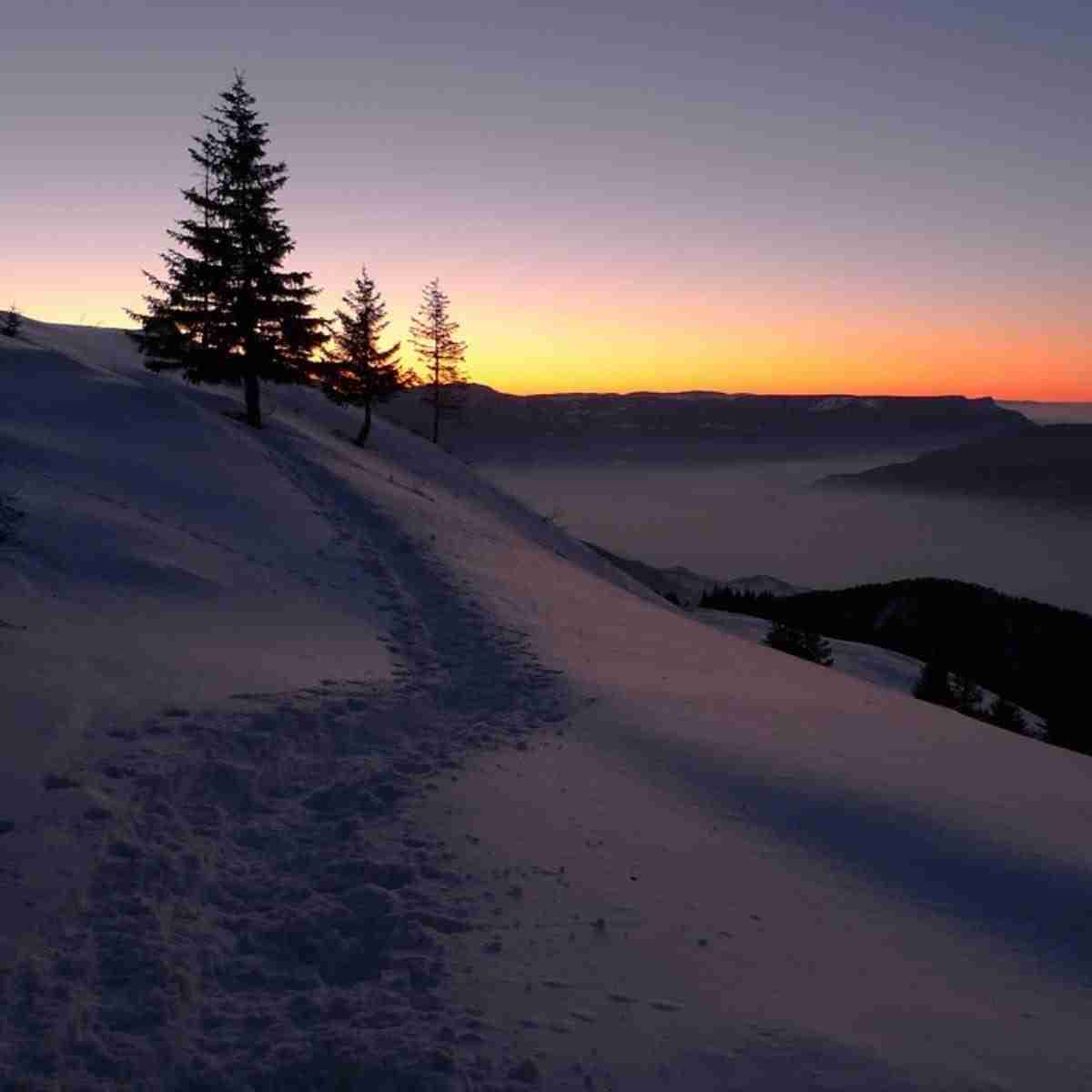
Today, many people celebrate the winter solstice in ways that blend ancient customs with modern mindfulness. These practices honor the spiritual, emotional, and physical significance of the solstice, offering a chance to reconnect with the self and nature.
There are numerous winter solstice celebrations taking place around the world every year, and each one holds special cultural and geographical significance. However, there are several traditions common to a solstice celebration no matter where you are located, such as:
Bonfires
Lighting a bonfire during the solstice is a tradition that symbolizes the return of the sun and the warmth it brings. Gathering around the fire with family and friends, sharing stories, and setting intentions for the coming year can be a powerful communal practice.
Candle Lighting
For a more intimate experience, lighting candles at home is a beautiful way to honor the solstice. Many find peace in meditating by candlelight, visualizing the light returning both in the natural world and within themselves. This simple yet profound act connects us to ancient traditions of honoring the light.
Deep Personal Reflection
In modern times, practices like yoga, meditation, and journaling help people align with the energy of the solstice. A special yoga flow, guided meditation, or quiet journaling session focused on release and renewal can promote inner balance and clarity as you prepare for a new cycle of growth.
Keep reading to find out how you can honor the winter solstice and your own spirit as it takes this earthly journey. Discover self care and personal growth rituals that will align your body, mind, and soul with this profound time of renewal and hope.
Personal Growth Practices & Self Care for Winter Solstice
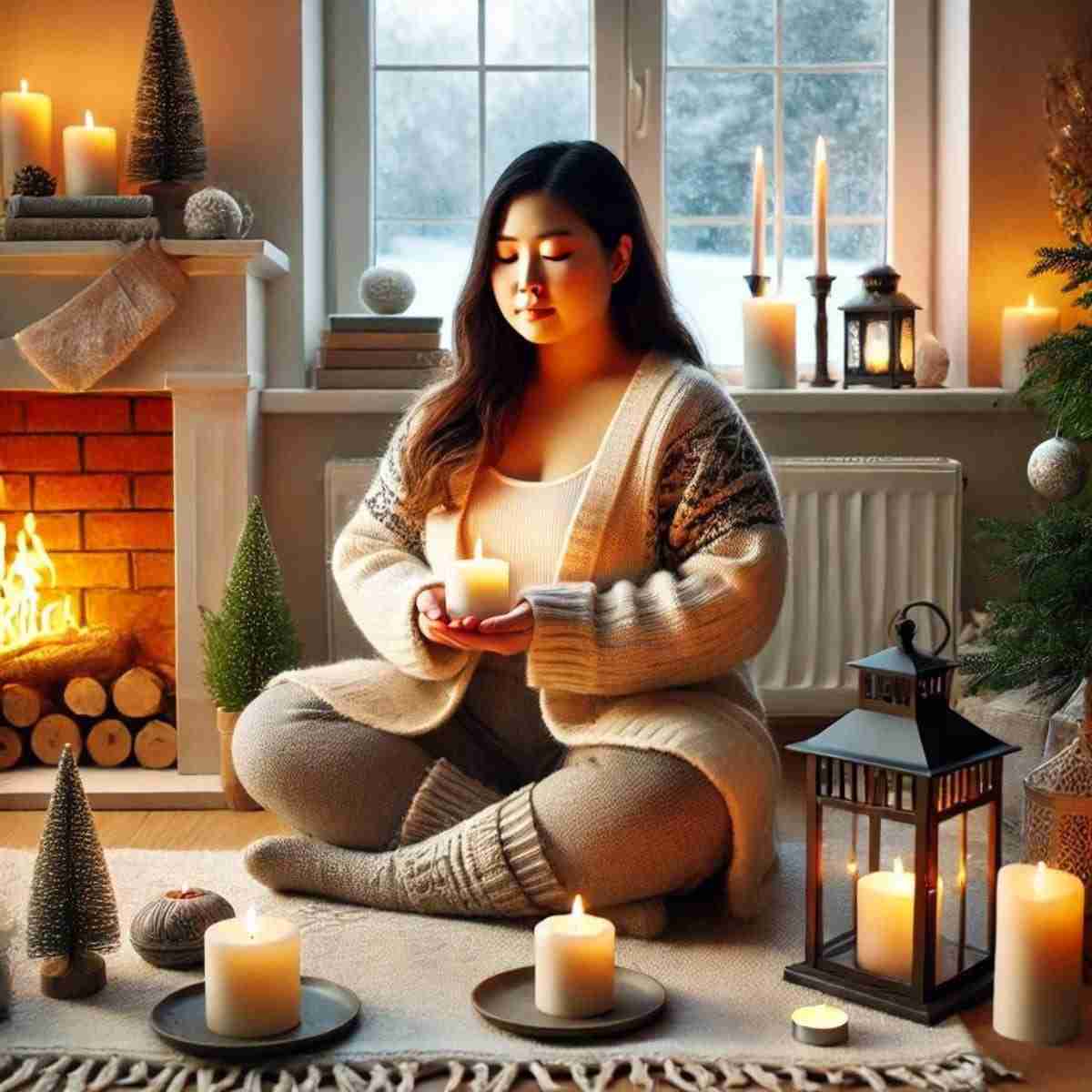
The winter solstice is a potent time for personal growth and introspection. By embracing this moment of quiet and stillness, we can cultivate resilience, balance, and a renewed sense of purpose.
The return of the sun stands as an important reminder of many things that we can apply to ourselves and the ups and downs of our life: that for all things there is a season, that balance creates harmony, and that it is always darkest before the dawn.
Below are practices you can integrate into your solstice celebrations, each addressing different aspects of your personal growth and development:
Holistic Nutrition
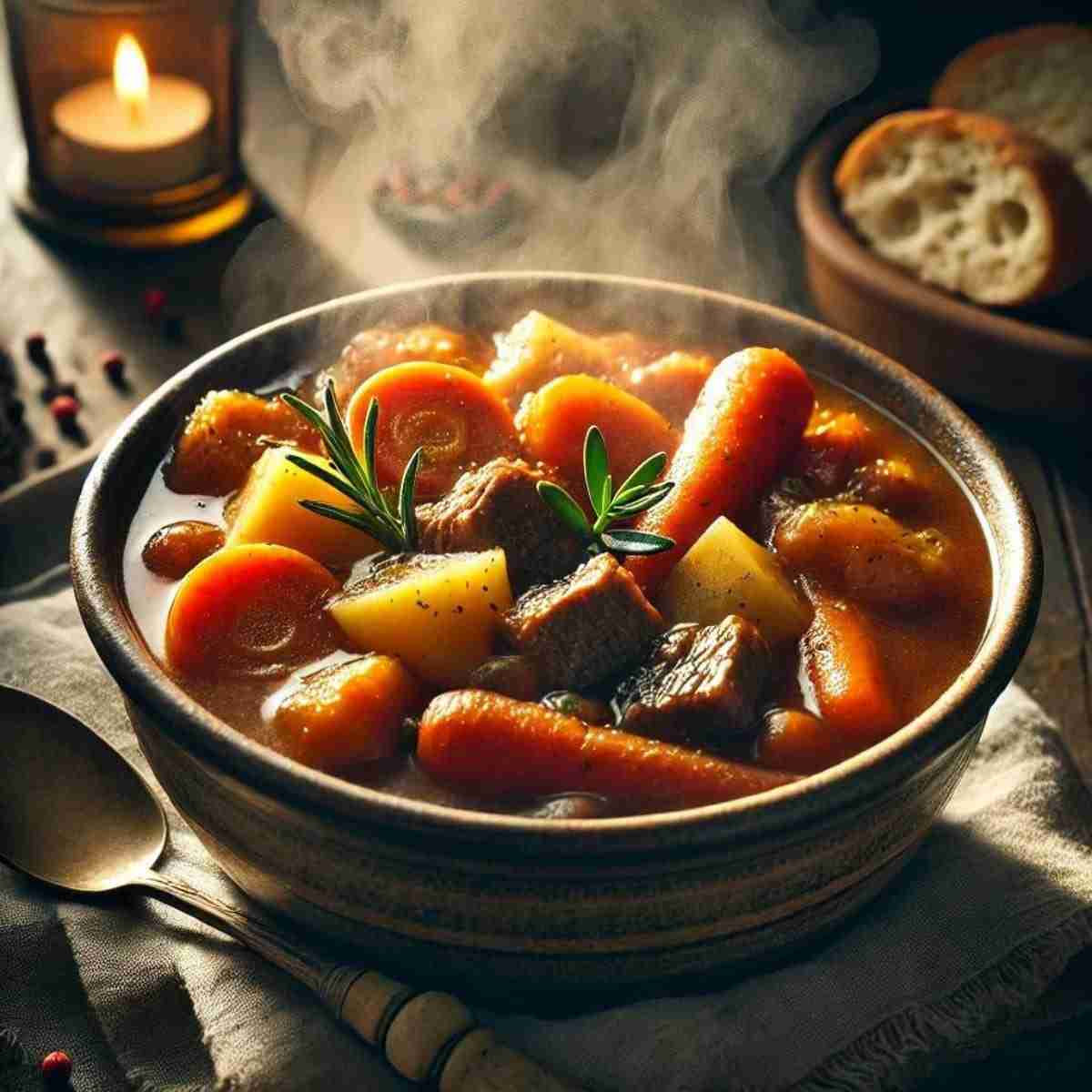
As the body slows down in the winter, our diet plays an essential role in nourishing our mental health and physical resilience.
Traditional solstice celebrations often feature hearty, warming foods such as root vegetables, soups, and stews. These grounding meals help support our body’s natural cycle during the colder months.
Here’s what you can do to support your well-being with food during winter solstice:
Focus on Warming Foods: Incorporate seasonal foods like squash, sweet potatoes, and spices such as cinnamon and ginger, which promote warmth and circulation. In the Vedic tradition winter squash is said to be particularly auspicious (lucky) when eaten on the day of solstice.
Herbal Teas for Reflection: Herbs like chamomile, peppermint, and cinnamon can soothe the mind and body, making them ideal for solstice rituals. A cup of herbal tea before meditation or during journaling can enhance the experience.
Mental Health Practices
Mentally, the winter solstice encourages us to pause and reflect on the year that has passed. Journaling is an excellent tool for this, allowing us to assess our growth and set intentions for the future.
Solstice Journaling: Reflect on the lessons of the past year and the personal growth you’ve achieved. Write down your aspirations for the coming months, focusing on areas where you’d like to build resilience or embrace change.
Mindful Gratitude Practice: Use the solstice as an opportunity to focus on gratitude. Reflect on the things you are thankful for, especially those that may have been challenging but contributed to your growth.
Emotional Health Practices
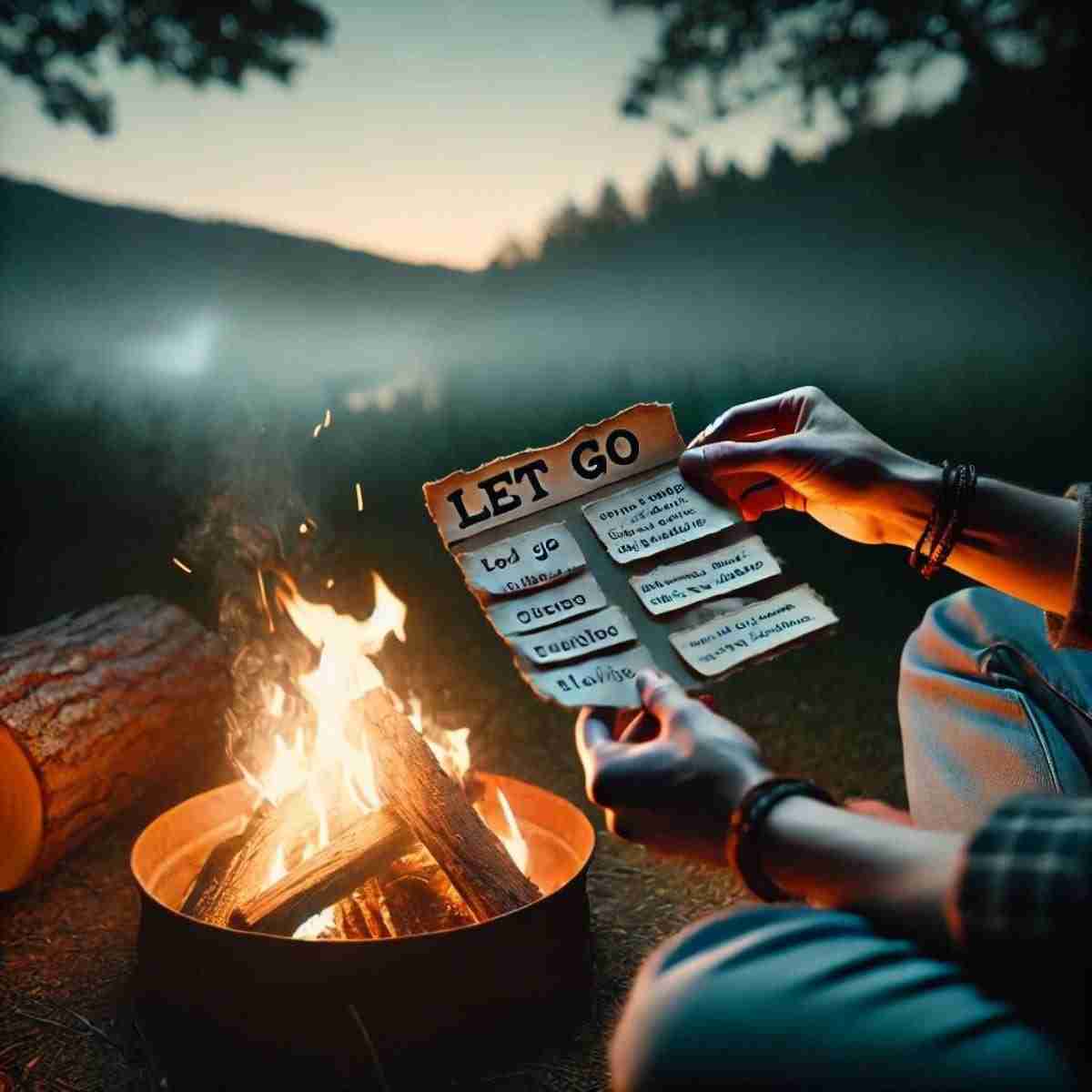
Emotionally, the solstice can be a time for release and renewal. Many people use this time to shed emotional baggage or unresolved feelings from the past year.
Emotional Release Rituals: Consider writing down things you wish to release—old habits, limiting beliefs, or unresolved conflicts—then safely burn the paper as a symbolic gesture of letting go. You can also try a “release cry”, which is simply sitting in a comforting place with the intention of crying to release pent-up emotional stress. It might sound weird, but you’d be surprised how easily a cry can come when you open yourself to the experience and allow it flow.
Connecting with Loved Ones: The solstice is also a time for community. Surround yourself with loved ones, whether in person or virtually, and share the warmth of connection.
Physical Health Practices

While the solstice is often associated with stillness, gentle movement can help you tune into your body and align with nature’s cycles.
Winter Walks: Take a mindful walk in nature, especially around dawn or dusk. Observing the natural world during this time of transition can help you feel grounded and connected to the earth’s cycles.
Yoga or Stretching for Solstice: A solstice-themed yoga practice, focused on deep stretches and heart-opening poses, can help release stagnant energy and create space for new beginnings.
Spiritual Practices
The winter solstice is a profoundly spiritual time. It is often seen as a gateway for deep introspection and connection to the divine or higher self.
Solstice Meditation: Meditation during the solstice can help you attune to the inner light within you. Consider visualizing the return of the sun as a metaphor for your own growth and renewal.
Setting Spiritual Intentions: Use this time to set spiritual intentions for the coming year. These could be related to your personal growth, your relationship with nature, or your connection to a higher power.
Read Winter Solstice Books: Find some books about winter solstice history, celebrations, and folklore to further your knowledge and deepen your connection to the natural cycles of life and those within your own being.
Embracing Your Inner Light During Solstice
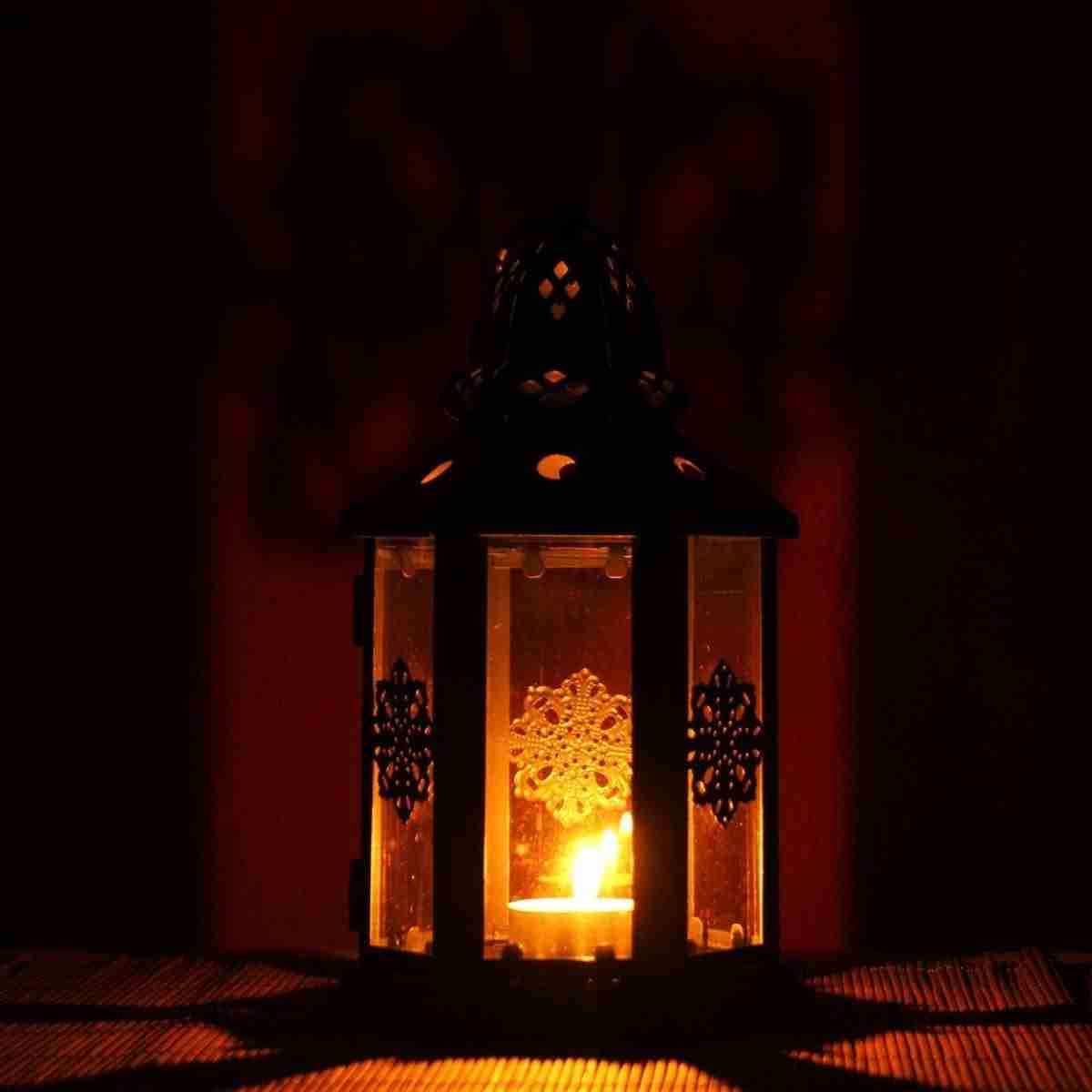
As you celebrate the winter solstice, take time to honor both the darkness and the light without and within. Participate in traditions that nourish your spirit, honoring the past and building resilience for the year ahead.
The solstice reminds us that even in our darkest times, light will return, and with it, growth, transformation, and renewal.
By embracing winter solstice traditions, you’re not only connecting with ancient practices but also forging a deeper relationship with yourself and the world around you. Let this solstice be a time of inner peace, reflection, and the promise of new beginnings.
Happy winter solstice!





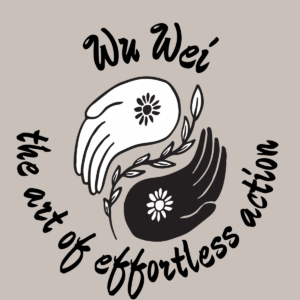







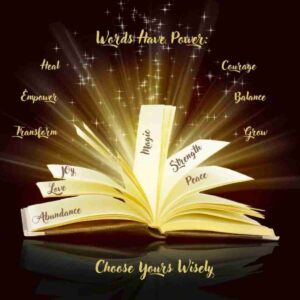














0 Comments